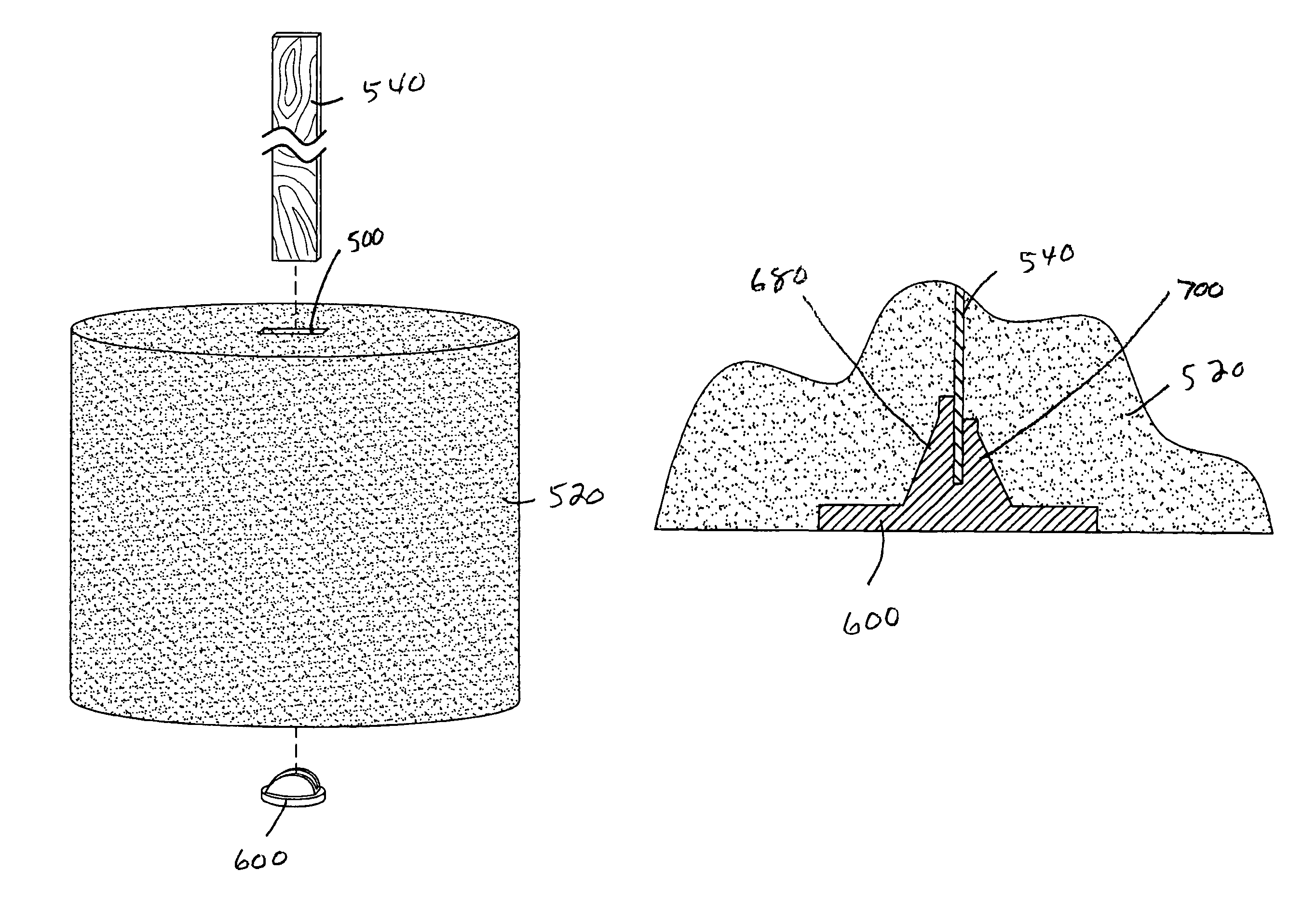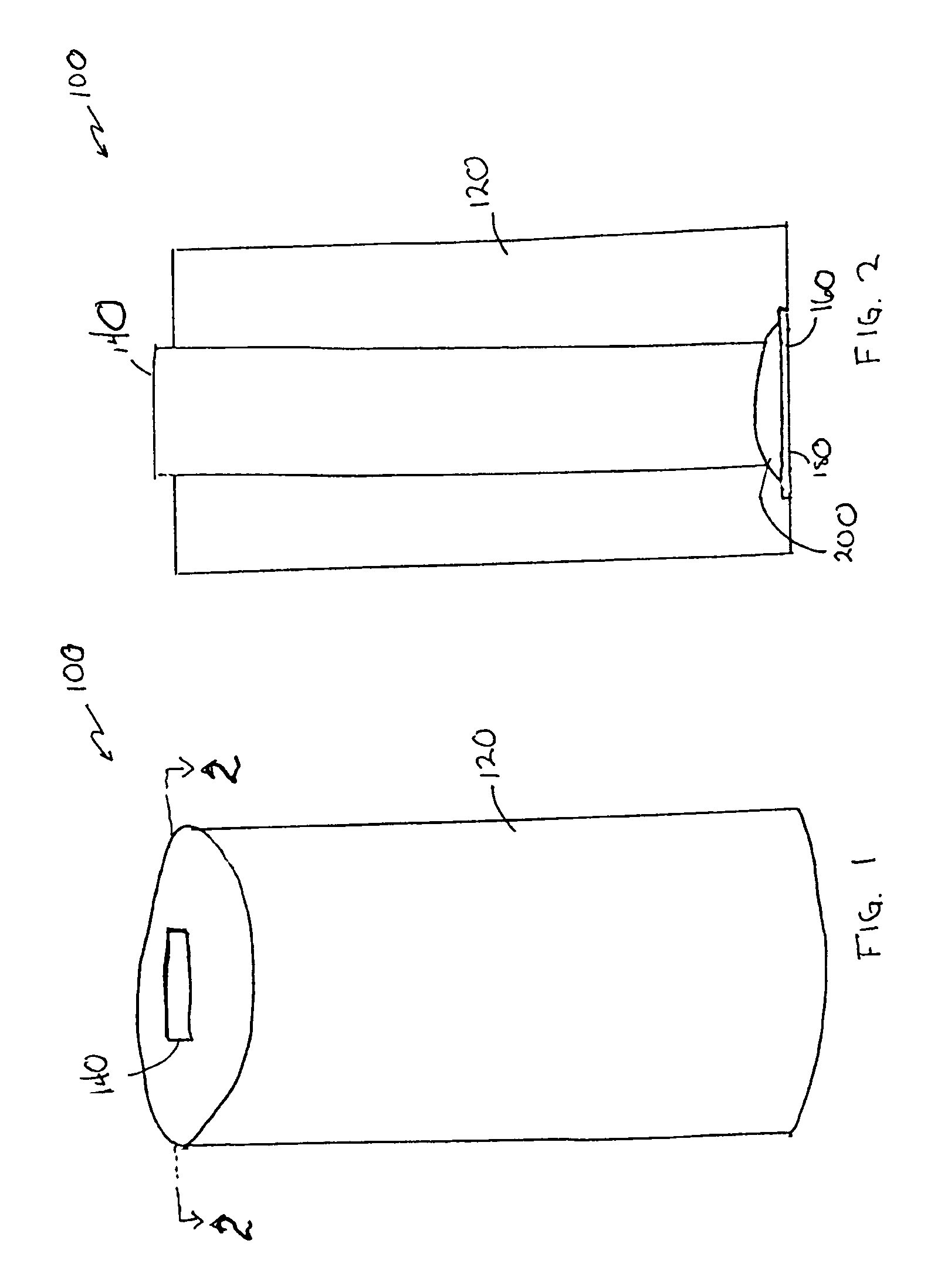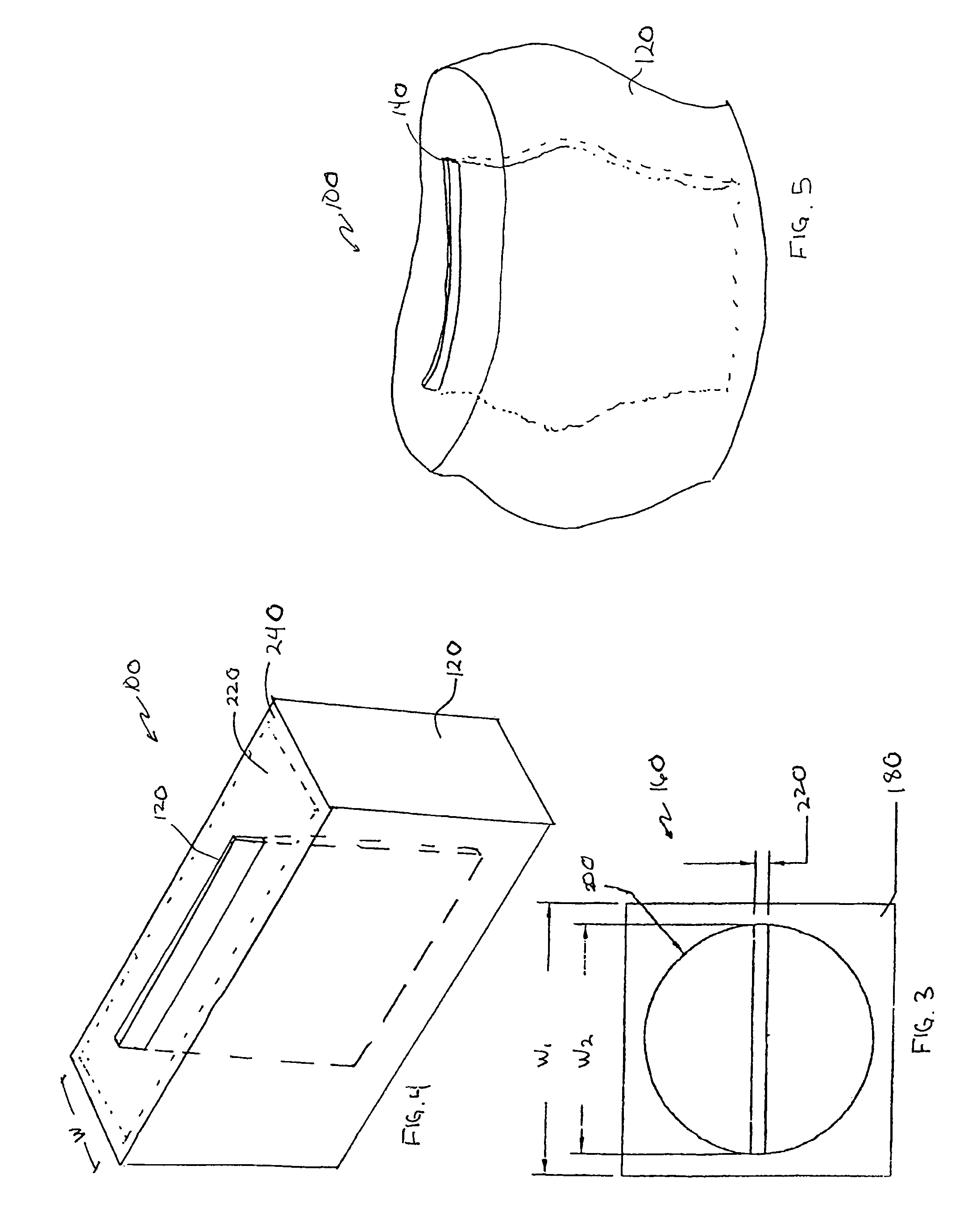Although there have been improvements in candle systems and wicks over the past century, there are still complications, limitations and hazards associated with prior wick technologies.
They also reported that there had been an increase in the number of candle recalls due to
fire safety issues, including excessive flames in gel, terra cotta and
metal container candles and various other types of
wax candles.
Consequently, the vast options of wicks may be a
disadvantage to manufacturers or consumers, adding additional costs and time spent sourcing a proper wick.
Ultimately, braided wicks still have many limitations.
Limitations include the wick's aesthetic appearance, and limited design and ambiance alternatives.
Another limitation with braided wicks is that they do not provide enough capillary flow to optimize the performance of today's candles.
When manufacturing a braided wick, increasing the picks per inch will increase the density of the wick (i.e. reduce the yield) and thereby reduce the size of capillaries, thus reducing the potential
flame height or
burn rate.
However, such an increase in yield and
burn rate from conventional braided candle wicks is limited by the fact that creating a more
open structure with large capillaries creates a less stable wick which changes in characteristics when subjected to the tensions of the candle manufacturing process.
The small capillaries and smooth functional surface area of the braided wick make it more difficult to create the required capillary flow rate in today's natural and gel waxes as well as candles that have high amounts of additives to modify a candle's
hardness, color,
burn rate and
aroma (i.e.
stearic acid, UV inhibitors,
polyethylene, scent oils and color pigments).
Due to wick height
standardization by ASTM (i.e. three inches), braided wicks are limited in size and density, thus resulting in limitations in
wax pool size, burn rate and consumption.
Even if a “core” or stiffing agent were applied, the wick still remains too flexible.
The wider and thicker the braided wick is the more unstable and hazardous it may be.
Since the size of the
wax pool is related to the burn rate and
flame height, braided wicks typically cannot produce a large enough wax
pool to consume the majority of a larger candle without compromising the standardized
flame height.
This results in additional manufacturing costs, irregular wax pools and potential hazards.
For instance, when one wax pool spills into another, the leaking wax may create unstable flame heights and wick drowning.
Consequently, the wire core technology is manufactured with braided cotton or cotton-like material, generating the same analogous performance complications as disclosed.
This undesirable result can cause a self-trimming braided wick to increase in length so as to increase the amount of wick material, or functional surface area, above the melted wax pool, thereby producing a continually increasing (i.e. unstable)
flame height and wax pool.
The flat wicks are unsupported and very flexible.
Due to the flexibility in supported or unsupported woven wicks, several hazards can occur.
Filled candles with flexible wicks, particularly those enclosed in plastic or glass containers, may overheat or contact the side of the container, causing breakage or other damage.
Additionally, unsupported wicks may extinguish themselves, falling into the pool of molten wax.
Further, freestanding candles with an unsupported wick may incur wax
spillage due to a decentralized or irregular shaped wax pool.
In April 2003, the
Consumer Product Safety Commission (CPSC) banned the manufacture and sale of lead-cored wicks and candles with lead-cored wick because they could present a
lead poisoning hazard to young children.
Unfortunately, it is very difficult for consumers to tell if the braided “cored wicks” contain lead.
An additional obstacle with prior art wicks involves keeping a braided
candle wick trimmed to a ¼ inch length for proper burning, as recommended by ASTM, NCA and most candle manufacturers and testing labs.
If a braided wick is not trimmed properly, carbon balls, excessive
soot emissions and fire hazards may occur.
If a wick is positioned deep in a narrow candle
jar or container, it may become difficult for conventional scissors or
cutting device to trim off the excess long wick from the candle.
Still, another problem is the difficulty to accurately measure a wick to the exact recommended ¼ inch length.
The primary obstruction of prior candle wicks is the emanation of excessive
soot developments, resulting in
smoke emission and carbon build up.
In addition to creating a polluted looking candle, the
liquid fuel may combust, thereby igniting the carbon heads, which become hot enough to vaporize and re-ignite resulting in “flashover.” In freestanding candles, the carbon heads may heat up the wax and burn through the sides and bottom of the candle causing severe damage and fire hazards.
In addition, the development of carbon heads (i.e. “
afterglow”) causes the emission of unwanted
smoke or toxic fumes to linger for several minutes after being extinguished.
Many wick sustainers are difficult though to position centrally.
Additionally, many wick sustainers are made of materials that are not
heat resistant or have “self-extinguish” qualities resulting in the overheating of glass causing severe damage, such as by fracturing or
cracking.
Maintaining the wicks centrally in the mold during such operation is a rather difficult procedure, due to the flexibility of braided wicks.
For example, as molten wax cools, it shrinks, causing wick repositioning, which increases the risk of wax
spillage as the candle burns.
 Login to View More
Login to View More  Login to View More
Login to View More 


